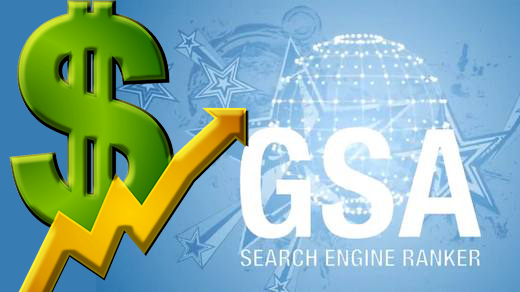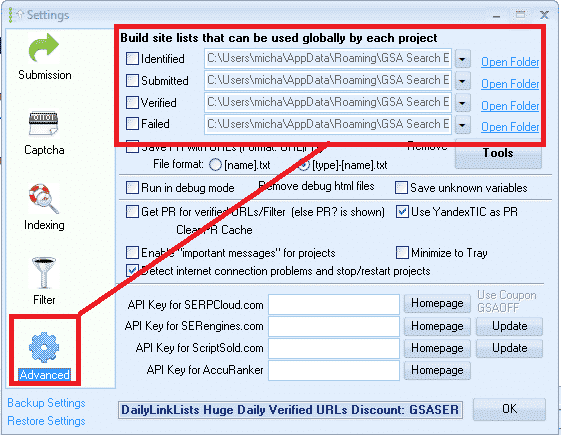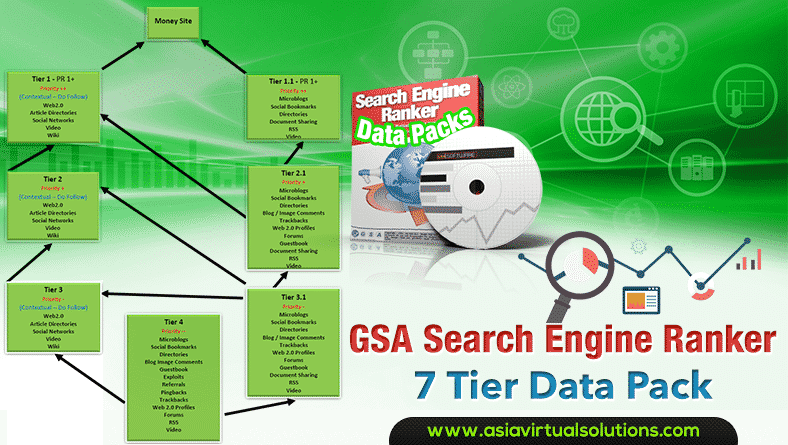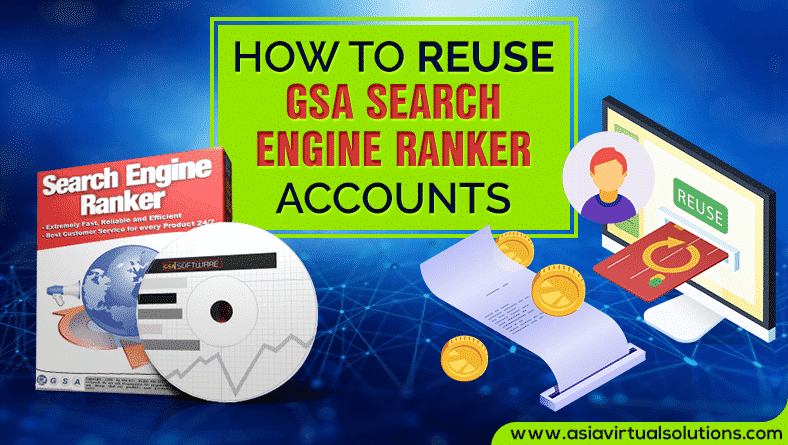Fascinating GSA Search Engine Ranker reviews
How to Install GSA Search Engine Ranker.
I strongly advise using personal proxies from BuyProxies (take a look at our sincere evaluation), but hey, that's your option. If you want to expose your GSA Online Search Engine Ranker to some gamma rays, personal proxies are necessary. Now, from bottom to top. The and numbers suggest how numerous of the proxies which you have actually imported into GSA SER are really examined (the first column in the proxies table above with the little "tick").

Clicking the button will show the following menu: GSA SER will head out and use pre-defined proxy sources lists to discover and include new proxies. You can test these brand-new proxies and hope that a minimum of some of them work. this will do the very same as above, however test the proxies prior to including them to the table.
this will enable you to enter a URL from which GSA SER will attempt and extract proxies. this will add one brand-new proxy to the table and let you choose its type Web, Transparent, Socks4 or Socks5. third-party service for 100% automatic private proxies (never tried it, so no comment) (GSA SER manual).
again, third-party proxy service. this will import your proxies from the chosen file which has to have the format defined. exact same as above only with various format. this will import your proxies from your clipboard which has to have the copied proxies in the defined format. this is the one we utilize, ideal for HTTP proxies (proxies with login, not simply restricted by licensed IPs).
Learn How To Use GSA Search Engine Ranker
After your proxies are imported, make sure you mark them as private (if they are actually private, or if you have actually ticked to use only personal proxies from the tab. The button has two menus: which will test the selected proxies from the table which will test all proxies Both of these menus can inspect the proxies: Against Google (search) Versus Google (PR) Versus Bing Against WhatIsMyipAddress - GSA SER training.
Simply a fast note here. If you have personal proxies setup, and you check them and a few of them fail, do not uncheck them (by default GSA SER will uncheck failed proxies). As I said previously, private proxies may die from time to time (if you have bad ones), however they will come back.
They have actually always changed our proxies whenever we required and also alter the proxies instantly monthly on the day you pay. The button has 4 sub-menus: All Selected None Anonymous delete proxies which are not even confidential Unchecked/not working Keep in mind that it will not request confirmation.
Clicking the button will reveal the window where you will merely have the power to pick from the pre-define proxy sources, include new ones, erase old ones, find brand-new proxy websites utilizing GSA SER, and modify numerous settings for each of the proxy sites: As I have stated a lot of times, we use personal proxies, because I like to juice this young puppy up a bit.
GSA Search Engine Ranker - video tutorials

Perhaps there is such a strategy, possibly there isn't. The point is, that this will take method too much time to fine-tune daily, and include and test brand-new proxies constantly. The link structure monster likes to construct links, not inspect proxies you understand? There is also a context menu that pops up when you right click any of the proxies from the table, and has the following choices: this choice has 7 sub-menus: Check All Check None Toggle this will simply turn the checked ones into untreated ones and vice versa Inspect Selected Uncheck Selected Uncheck all with a low speed this will open a window where you will get in a number (in seconds), and will uncheck all proxies which have lower speed than that number (compares with the number in the column from the table) Inspect previously working this will check all proxies that were immediately disabled by GSA SER, but were previous tested and worked will make all personal proxies public, and vice versa opens a window which will let you enter host and port for the brand-new proxy and includes it to the table allows you to change the proxy type into among the following: has the same sub-menus as the menu which turns up when you click the button listed below the table (don't forget that GSA SER won't ask for confirmation when erasing proxies) this will copy the chosen proxy to your clipboard in one of the following formats: All Data copies the entire row of information Login: [email secured]: Port IP: Port: Login: Password allows you to export all checked proxies and you can pick, again, from the following 3 formats: All Data IP: Port IP: Port: Login: Password has the same sub-menus as the menu that pops up when you click the button below the table whether to scroll the table while GSA SER is putting the proxies to the test And that's all for the tab in the "Proxy List" window.
The second tab in the window looks like this: As you can see, there are two section here. On the left side you can setup numerous settings which will allow GSA Online search engine Ranker to immediately preserve working public/private proxies. Ticking the checkbox will just inform GSA SER to go out and find proxies from the proxy sources you have configured, test them (it is recommended that you tick the checkbox), and use them for your tasks (GSA Search Engine Ranker manual).
e. GSA Search Engine Ranker training. the proxies which are really still marked as working, nevertheless there are 2 other choices: All (good/bad) this will test definitely all proxies in the table Just newly added will test only the ones that have actually been included after the last version of the automated search for new proxies process ended this is the default setting which will test both public and private proxies and has 2 other choices: The rest of the checkboxes in the left section of the tab: will run the automated brand-new proxies search just if there are less than "x" number of active proxies in the table.
will check if the proxies for screening are in fact confidential. this one consists of the text input below the checkbox and generally when clicked, will search on Google for the following keyword: "inurl:"/ prxjdg. cgi" OR inurl:"/ azenv. php"". This search will just note sites which might possibly qualify as new proxy sources - GSA Search Engine Ranker video tutorials.
Overcome GSA SER video tutorials
this will increase the speed of the proxies which actually support Keep-Alive (if you don't understand what that is, it's essentially an approach which allows the exact same TCP connection for HTTP discussion rather of opening a brand-new one with every new demand, to put it simply, the web server simply informs the web internet browser that it can grab more than just one file at a time).

I have evaluated this technique and let me tell you this it does not work well. When I attempted utilizing the immediately scraped proxies which GSA Search Engine Ranker discovered for me each hour, - GSA SER tutorial. The proxies were getting checked and came out successful, but just a few minutes later, the majority of them were currently dead (GSA SER tutorials).

